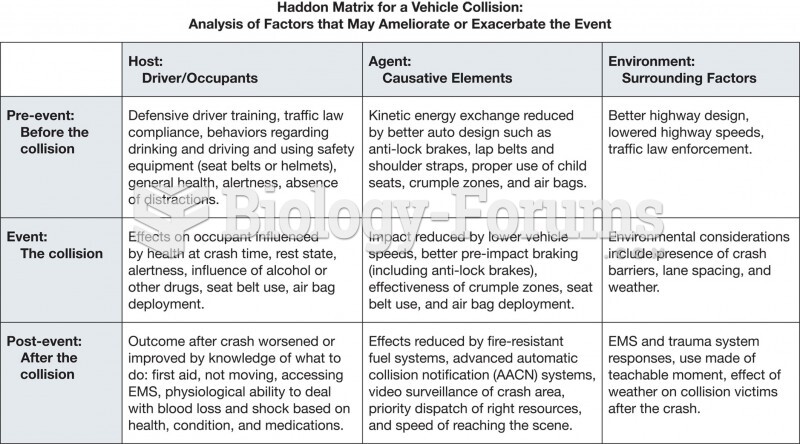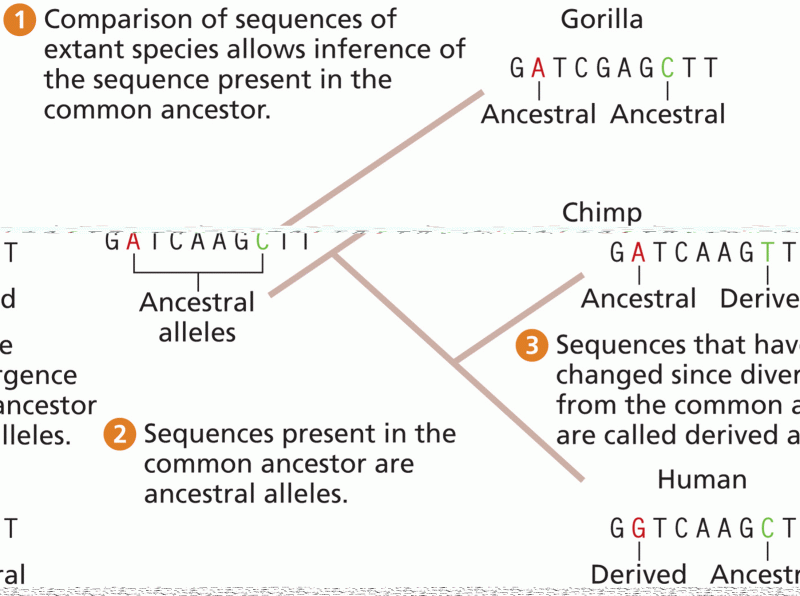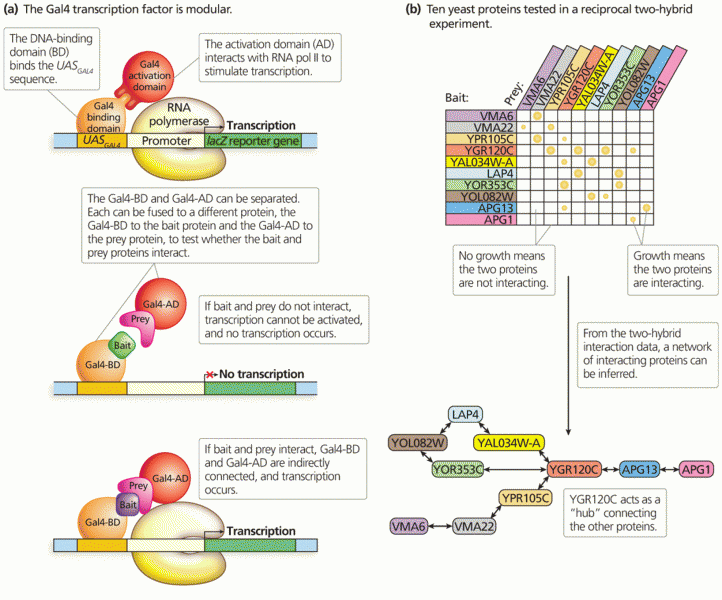Answer to Question 1
Net Asset
Classification Fund(s)
a. Unrestricted Unrestricted Current
b. Unrestricted Unrestricted Current
c. Unrestricted Plant
d. Unrestricted Unrestricted Current and Plant
e. Permanently restricted Permanent Endowment
f. Unrestricted Unrestricted Current and Special Loan Fund
Note The income from the gift in e. would be classified as Unrestricted and be recorded in the Unrestricted Current Fund
45 (Journal entries to record transactions)
Prepare journal entries to record the following transactions of Weatherford Teen Foundation, Inc. (WTFI), a not-for-profit entity that provides counseling, training, and other programs for young people. WTFI accounts for all transactions in a single fund, recording them so as to identify the three classes of net assets (unrestricted, temporarily restricted, and permanently restricted) required for financial reporting. (WTFI initially records all donations with program restrictions as temporarily restricted until used for the intended purpose.)
a. WTFI receives pledges of 150,000 to help finance its activities for the year. WTFI expects that it will ultimately receive 90 of these pledges in cash.
b. During the year, WTFI receives cash of 130,000 against the pledges and writes off 10,000 of the pledges as uncollectible.
c. WTFI incurs the following program expenses, financed by its unrestricted revenues:
(1) Counseling programs, 40,000
(2) Training programs, 50,000
d. WTFI has a contract with the county in which it is located to administer a youth recreation program. It incurs 20,000 of expenses under the program, and sends an invoice to the county for that amount.
e. Carole Burgess donates 5,000, stipulating that WTFI must use her gift to obtain the services of a well-known country singer for a special concert.
f. WTFI gives the concert referred to in e. WTFI pays 5,000 to the country singer, and charges the expense to Recreation programs.
g. David Bean, a local attorney, donates 10 hours of his time to WTFI drawing up legal contracts. Mr. Bean also donates 20 hours coaching softball for the youths. He normally charges 200 an hour for his legal services. WTFI would have hired an attorney and a coach to do this work if Mr. Bean had not volunteered his time.
h. Mary Catlett donates common stock to WTFI, stipulating that the stock must be used during WTFI's next fiscal year for any programs WTFI wishes to undertake. At the time of the gift, the stock has a fair value of 10,000.
i. When WTFI closes its books at year-end, the stock gift from Ms. Catlett has a fair value of 11,000.
a. Contributions receivable 150,000
Allowance for uncollectible contributions 15,000
Unrestricted support - contributions 135,000
b. Cash 130,000
Allowance for uncollectible contributions 10,000
Contributions receivable 140,000
c. Expenses - counseling programs 40,000
Expenses - training programs 50,000
Cash 90,000
d. Expenses - recreation program 20,000
Cash 20,000
Accounts receivable 20,000
Unrestricted revenues 20,000
e. Cash 5,000
Temporarily restricted support - contributions 5,000
f. Expenses - recreation programs 5,000
Unrestricted asset reclassification. in--
satisfaction of program restrictions 5,000
Temporarily restricted asset reclassification out--
satisfaction of program restrictions 5,000
Cash 5,000
g. Expenses - administration 2,000
Unrestricted support - donated services 2,000
Note Mr. Bean's services as a coach should not be recorded
h. Investments 10,000
Temporarily restricted support - contributions 10,000
i. Investments 1,000
Temporarily restricted gains - net unrealized and
realized investment gains and losses 1,000
Answer to Question 2
expert system
expert system (ES)
ES







